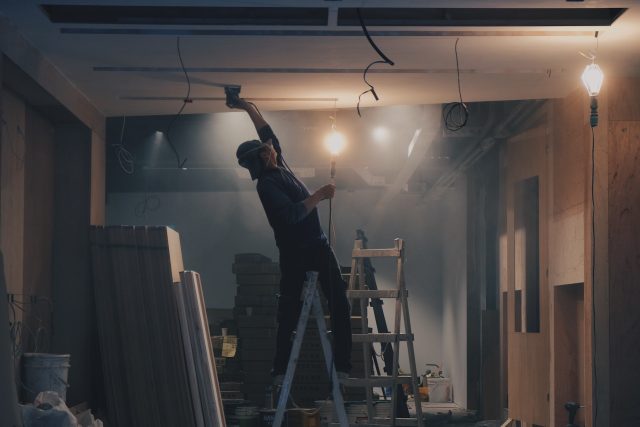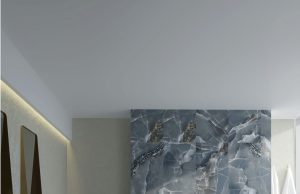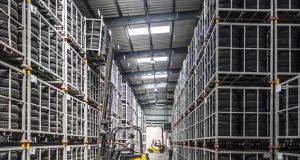
Renovating your home can be a daunting task. There are so many things to think about, from choosing the right materials to getting the work done on time and on budget. Your ultimate time-saving secret weapon? Installing insulated plasterboard. If you’re planning any kind of home renovation that involves internal walls, specifically brick walls where insulation and drylining are needed, insulated plasterboard could save you a lot of time and effort. Installing insulated plasterboard is a viable alternative to having a specialist contractor pump insulation into your cavity walls; a method that is not only costly but also invasive.
What Is Insulated Plasterboard?
Insulation-backed plasterboard, otherwise known as thermal plasterboard or foam-backed plasterboard, provides an all-in-one solution for those not wanting to waste time sourcing and fitting different insulation essentials.
Thermal insulated plasterboard comprises a panel of plasterboard and a sheet of insulating material sandwiched into a dual-purpose solution. The result is an all-in-one board that acts as an insulation board to reduce heat loss and also drylines solid internal walls/solid brick walls – the best of both.
It’s safe to say that while insulated plasterboard provides installation shortcuts, it does not compromise on thermal efficiency; Kingspan Kooltherm K118 achieves an impressively low thermal conductivity of 0.018 W/mK and features a composite foil reverse facing, allowing for effective vapour control.
How Does Insulated Plasterboard Save Time?
Installing insulated plasterboard is much the same process as installing standard drywall. Installing standard drywall is a simple three-step process: first, you attach the drywall panels to the studs or joists, then you tape and joint the seams between panels, and finally, you apply a finish (usually joint compound) over the joints.
With insulated plasterboard, the insulation layer is already attached, making for a much quicker installation process. This can be a real time-saver if you’re working on a large area like an attic conversion.
Dot and Dab Insulated Plasterboard
The term ‘dot and dab’ refers to the method of installation. As the name suggests, this method involves using ‘dots and dabs’ of adhesive over solid wall linings.
Convenience
On top of time, insulated plasterboards can save you a fair amount of money. They eradicate the need to buy separate components; on top of thermal insulation, boards like PL4000 (Celotex insulated plasterboard) feature an inbuilt vapour control layer while Gyproc Thermaline PIR moisture-resistant plasterboard incorporates moisture-resistant properties.
Conclusion
Insulated plasterboard not only makes the renovation process faster and easier, but it can also help you save precious money on future energy bills. If you’re ready to start your next renovation project, be sure to consider using insulated plasterboard; it’s an investment that will definitely pay off. Have you ever used insulated plasterboard? What were your results?













